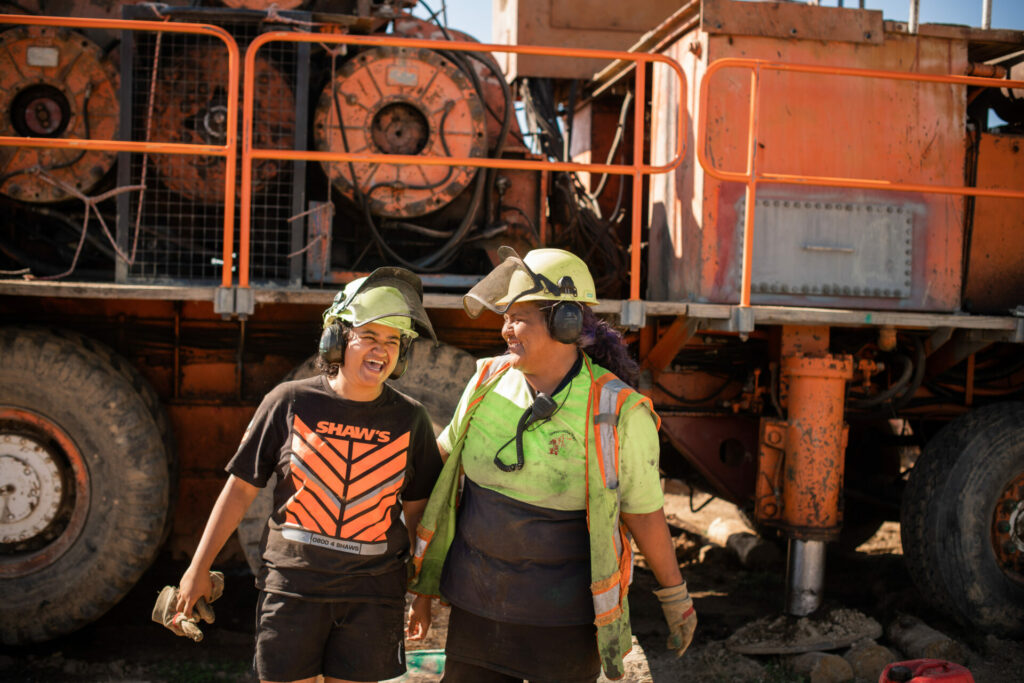- Vision Mātauranga
Research Programme
- Hunaara Waerehu
Hikurangi Enterprises Ltd - Mary Jeane Waerehu
- View the full team
Project Leaders
-
Budget
$250,000 -
Duration
February 2022 – March 2023
-
Completed project
Higher carbon prices: Impacts on farming and forestry whānau
Higher carbon prices are likely to lead to permanent carbon forests and a reduction of mahi on farms and in production forests. This will almost certainly impact whānau working in farming and forestry. This project was designed to ensure that our hāpori understands and is prepared for the risks and opportunities posed by permanent forests.

Parts of our community, including farmers and politicians, are worried about the future of Te Tairāwhiti, as carbon prices climb and farms and forestry sectors are replaced by permanent tree cover.
A recent report, commissioned locally, predicts 7-10 jobs will be lost for every hectare of land converted to permanent forestry.
This project aimed to identify the risks and opportunities for whānau Māori in Te Tairāwhiti (and beyond), who rely on the forestry and farming sectors and whose livelihoods are likely to be impacted by higher prices for carbon units.
Our first research focus was on whānau engagement, around our level of understanding about and responses to likely forestry scenarios. Our second focus was on ensuring the perspectives and priorities of affected whānau and hapū shape public policy at the local, national and international levels.
This project sought to answer the following questions:
- How well do whānau Māori understand the likely job creation and job loss impacts as more marginal land moves from farming and harvested forestry to permanent forest cover?
- What, if anything, are we doing to prepare for these changes? How are these changes affecting decisions about education and training, land use and connections to whenua, marae and wider community relationships?
- How can whānau Māori ensure we have a strong and consistent voice in public policy settings for climate policy, land use, the ETS and related kaupapa like indigenous afforestation, pest control and agroforestry?
**
This research was undertaken to discover how our communities, particularly whānau Māori in Te Tairāwhiti and beyond, comprehends and is prepared for the risks and opportunities arising from the establishment of permanent forests due to higher carbon prices.
As we navigate this evolving landscape, it is crucial to address the concerns of various stakeholders, including farmers, politicians, and whānau whose livelihoods rely on the farming and forestry sectors that may be affected by ongoing change in land use, policy and in response to the increasing prevalence and force of extreme weather events.
Key Areas of Investigation
During our extensive research, we focused on understanding the risks and opportunities for whānau Māori in Te Tairāwhiti as higher carbon prices drive the shift towards permanent tree cover. These are core questions we sought to answer:
- How well do whānau Māori understand the likely job creation and job loss impacts as more marginal land moves from farming and harvested forestry to permanent forest cover?
- What, if anything, are we doing to prepare for these changes? How are these changes affecting decisions about education and training, land use, and connections to whenua, marae, and wider community relationships?
- How can whānau Māori ensure we have a strong and consistent voice in public policy settings for climate policy, land use, the ETS, and related kaupapa like indigenous afforestation, pest control, and agroforestry?
Our research sought insights beyond early work understanding the potential consequences of permanent forests and their implications for the farming and forestry sectors, including the following:
- Higher carbon prices are likely to drive the establishment of permanent carbon forests and lead to a reduction of work opportunities on farms and in production forests.
- Concerns have been raised by various stakeholders, including farmers and politicians, about the future of Te Tairāwhiti as carbon prices rise and farming and forestry sectors transition to permanent tree cover.
- The impacts of climate change itself on pine plantations and the massive liability future generations will face if pine plantations are permitted to remain beyond normal harvest age with significant risks of both wholescale collapse across catchments and the problem of invasive reproduction of this species.
We also found significant intrest from communities around the region in better understanding the risks posed by climate change, adaptation options and climate mitigation strategies. We found strong links between community concerns about land use and the need for urgent public policy changes to address massive risks to the natural environment, human life, private property and public infrastructure.
Pros, cons and risks
We looked at the merits of various future land use options in Tairāwhiti, including investing in diverse/mixed-land use, expanding production forestry, expansion in exotic carbon plantations, expansion in traditional farming and expansion in native forests. Each option is associated with a range of up sides, down sides and risks, which are shown in this visual guide.
Resources for Further Exploration
To further understand the risks and opportunities associated with permanent forests and their impact on whānau Māori in Te Tairāwhiti, we have compiled a series of resources that provide detailed insights into the research outcomes.
We hope that these resources will empower communities to make informed decisions and have richer conversations about how public policy is shaped related to climate, land use, the ETS (Emissions Trading Scheme), and other relevant kaupapa. Resources are available for download at the bottom of this page.
This project had in-kind support from Toha NZ.
This project in the media:
- “Higher Carbon Prices – Impacts on farming and forestry whanau Project” – Radio Ngati Porou
- “Tairawhiti Researchers say Emissions Reduction Plan is good news for vulnerable region” – Press release
PROJECT TEAM
-
Hunaara Waerehu
Hikurangi Enterprises Ltd -
Mary Jeane Waerehu
-
Manu Caddie
Hikurangi Enterprises Ltd -
Nicki Douglas
Nicki Douglas Consulting -
Renee Raroa
Toha NZ -
Nikki Harcourt
Manaaki Whenua Landcare Research -
Ramona Radford
Scion -
Manu Papuni-Iles
University of Otago -
Jody Toroa
Self-employed